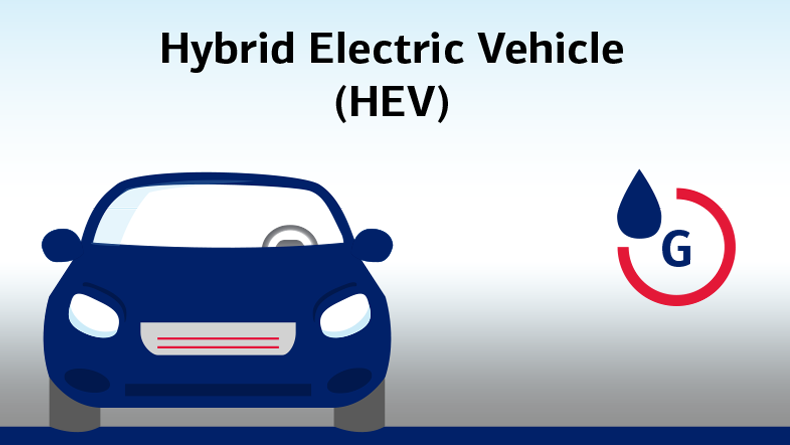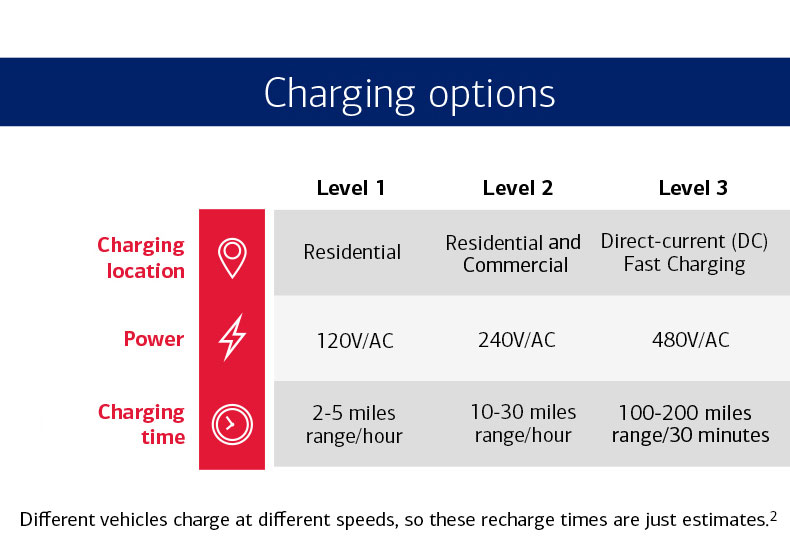EVs have become increasingly popular with people who are attracted by the increased fuel efficiency and lower emissions. Plus, options are growing, with more and more manufacturers getting in on the game.
If you've been thinking about getting a greener ride, get the facts to help you decide what's right for you. Explore topics, including how to buy an EV from a manufacturer, from a dealer or on Bank of America's car shopping site. You can also go directly to our FAQs.








